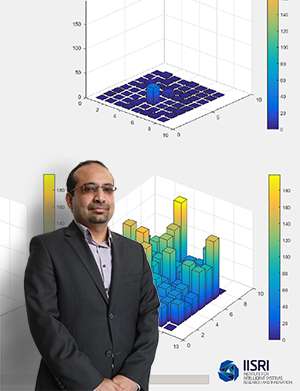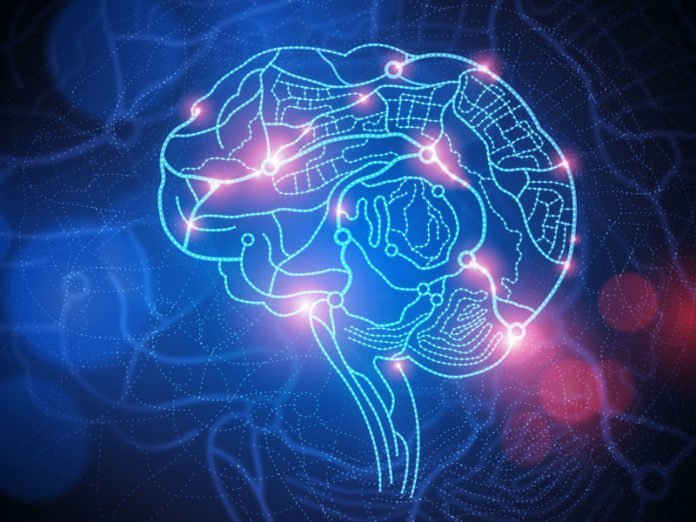A team of scientists at paralyzed limb.
Scientists released the idea of using mosquito brain to control aircraft or Robot (that completely sound as science fiction) in the real world as a potential application of research.
Dr. Asim Bhatti, IISRI research leader said, “The number of neuron cells in a mosquito brain is in the range of tens to hundreds of thousands, far less than mammals.”
“In the not-too-distant future, we should be able to put a whole mosquito brain on a chip. The insights about how the mosquito brain controls the insect’s flying behavior, employing real-time information from sensors, such as eyes and antennae, could one day allow us to control aircraft, robots and other machines autonomously using ‘real’ intelligence rather than artificial.”

Through their system, scientists are now trying to answer some of the fundamental questions in neuroscience. For example, how neural circuits form in the brain and how brain cells respond to stimuli, such as drugs and alcohol, or viruses.
In collaboration with Scientists from the NTU School of Electrical and Electronics (EEE), scientists have also designed a chip that decrypts brain signals on-chip i.e., brain-on-chip signals. The chip detects the brain signals and identifies their neuron sources, the process called spike sorting.
The brain-on-chip is the scientists’ first real-time processing, a multi-channel chip that could lead to more compact neural impact. Additionally, it has higher power efficiency with shorter lag time.
Dr. Bhatti said, “The algorithm has allowed us to clean up the data on the chip. The electrode within the chip is only able to measure around 60 electrical signals at any one time, but at any moment hundreds of overlapping signals are being generated by the brain cells.”
During experiments, scientists were able to grow 25,000-30,000 rat brain cells on the chip at one time. And as it consists of 60 microelectrodes, it giving rise to the communication paradigm known as ‘N sources and one sink’.
Now, scientists are focusing on using these algorithms to decipher useful information about the brain and the state of the neuron on the brain including their count.
“The algorithm to track brain-on-chip signals produce activity within the range of 20-50 microvolts. The electrodes on the chip are highly sensitive and amplify the signals around 1200 times.”
“Because we can observe the functional behavior of the brain in response to stimuli, we can observe healthy brain cells before and after a drug, stimulant or virus/bacterial infection. We are working with AAAHL to map the effect of viruses like Zika and Dengue on the brain, as a major step towards understanding the impact of viruses on the brain and potential development of effective vaccines and therapies.”
